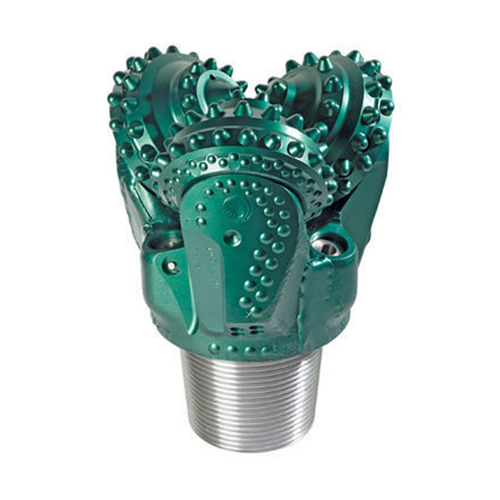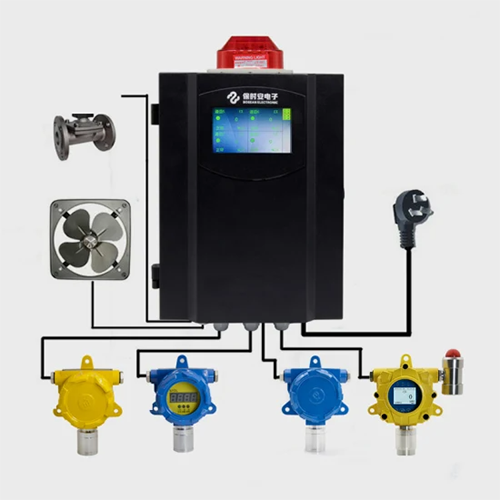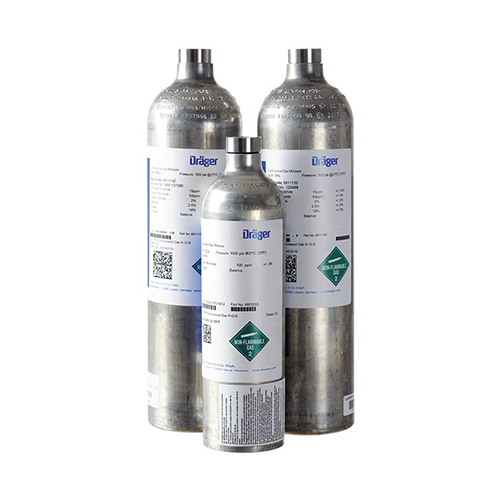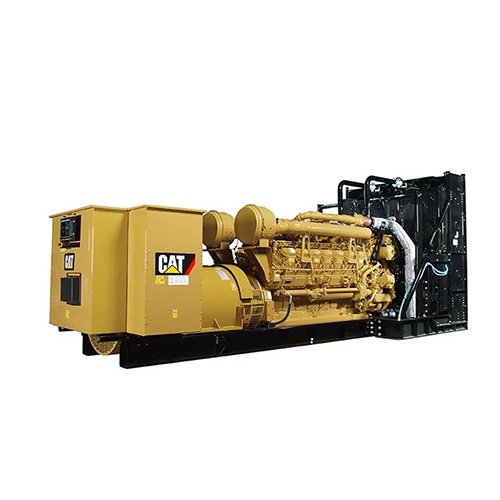Description
Common Drill Rig Type: Rotary Rig
The most commonly used type of drilling rig is the rotary rig, which is equipped with multiple engines and a complex set of equipment. These rigs include hoisting equipment to raise and lower the drill string (drill pipe) and rotating equipment that turns the drill string and the drill bit. These rigs also incorporate circulating equipment, which pumps drilling fluids (mud) down the hole to lubricate the rotating parts and remove the cuttings generated by the drilling process. The fluid is also responsible for controlling down-hole pressure to prevent dangerous blowouts.
Drill Bit Design
The conventional drill bit used in rotary rigs typically features three movable cones made of durable materials such as tungsten carbide steel or sometimes industrial diamonds. These cutting heads rotate as they are pressed down onto the rock, breaking it up as the drill string turns. The downward force on the bit comes from the weight of the drill stem (steel pipes and collars) and the drilling equipment on the derrick, which can total thousands of pounds. As the bit rotates, it cuts through the rock at the bottom of the hole.
Drilling Fluid Cycle
Drilling fluids (often referred to as mud) are pumped down the inside of the drill pipe and out through the bit. These fluids serve to lubricate and cool the bit while also carrying away the loose rock fragments or cuttings. The fluid, along with the cuttings, flows out of the center of the drill bit and circulates back up the outside of the drill pipe, returning to the surface. Once at the surface, the fluid is cleaned of debris before being recirculated back down the hole in an endless cycle.
Personnel Involved in Drilling Operations
The drilling operation is a coordinated effort that involves several roles:
- Driller: Oversees the entire drilling process, ensuring that operations run smoothly.
- Derrickman: Works at the top of the derrick, handling the upper part of the drill stem during its raising and lowering. This role is considered one of the most dangerous on the rig.
- Roughnecks: Operate on the derrick floor, adding new sections of pipe as the well depth increases.
- Tool Pusher: Supervises the entire rig crew and operations, ensuring safety and efficiency.
Continuous Operation
A typical drill rig operates 24/7, with no scheduled shutdowns, even on holidays. This round-the-clock operation is critical to ensure the well is drilled in the most efficient and timely manner possible.
Key Equipment and Safety Considerations
- Mud pumps and circulation systems are critical for maintaining pressure and ensuring that drilling fluid is continuously pumped.
- Blowout preventers are used to control unexpected high-pressure situations, which could otherwise lead to dangerous blowouts.
- The drilling crew must adhere to stringent safety protocols to minimize risk due to the hazardous environment and complex equipment.
In conclusion, drilling rigs are essential for extracting resources from the earth, but the process is highly intricate and requires a skilled team and specialized equipment. From preparing the well site to managing the ongoing drilling cycle, each step must be executed with precision to ensure a safe, efficient, and successful drilling operation.









